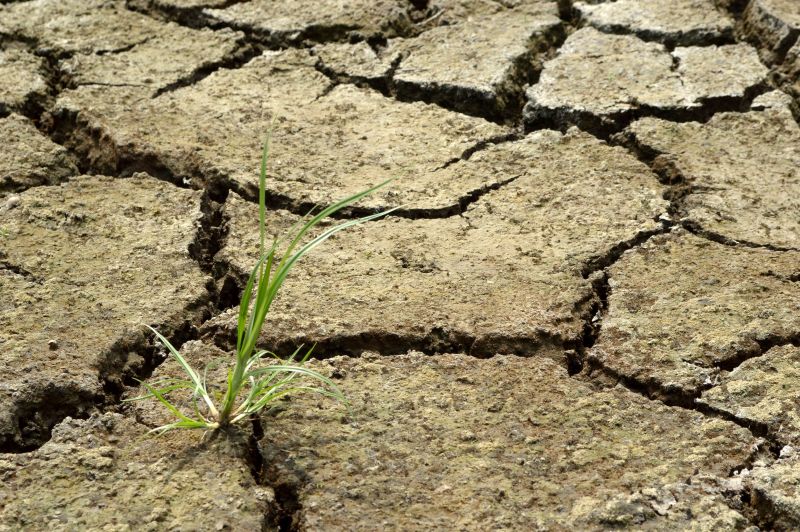
Although forecasts indicate no immediate risks, farmers are not yet 'out of the woods' in terms of the impact this year's extreme weather events could have on the industry.
Defra and the Environment Agency’s National Drought Group (NDG) met on 19 November to review the impact of this year’s extreme weather events and to look ahead to prospects for 2019.
After receiving reports from the public water supply, farming, environment and navigation sectors the group concluded that, working on the reasonable worst case scenario of winter rainfall at 80% of long term average (LTA), there could be localised issues affecting farming and the environment in 2019.
The Met Office is closely tracking global and UK weather, but stable patterns through to the New Year make forecasts difficult to make with any great certainty.
The group agreed that although forecasts indicate no immediate risks, the industry is not yet ‘out of the woods’.
The NFU said it is "prudent" to continue to plan actions that preserve water and prevent – or at list mitigate against – future drought.
The next Met Office forecast is due for release on 3 December.
South east and south west England have been drier in recent months. In those regions, a dry winter may reduce recharge and water companies could start with lower groundwater levels than normal.
Severn Trent Water's northern area and Yorkshire Water still have low reservoir levels and need to take action to help refill these to be ready for next summer.
There is no risk to supply in the short term, but any failure to refill strategic reservoirs over the winter could increase the possibility of imposing temporary use bans (TUBs) on customers in spring 2019.
Farmers have endured a difficult year due to extremes of weather. The NFU is urging farmers to review their access to water and the associated risk of supply interruptions.
